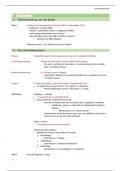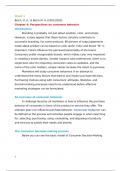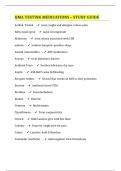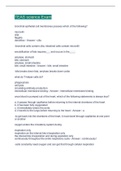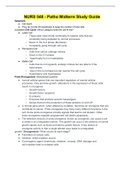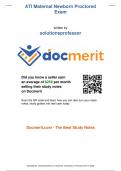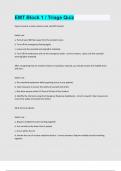Summary
Summary of Topic 7: Modern Genetics
- Course
- Institution
Edexcel Biology B is very scarce when it comes to finding information on it online. I've taken it upon my self to publish my own notes to help fellow students that have a hard time understanding the subject. The information in the text book is very large and can be hard to narrow down to a particu...
[Show more]




